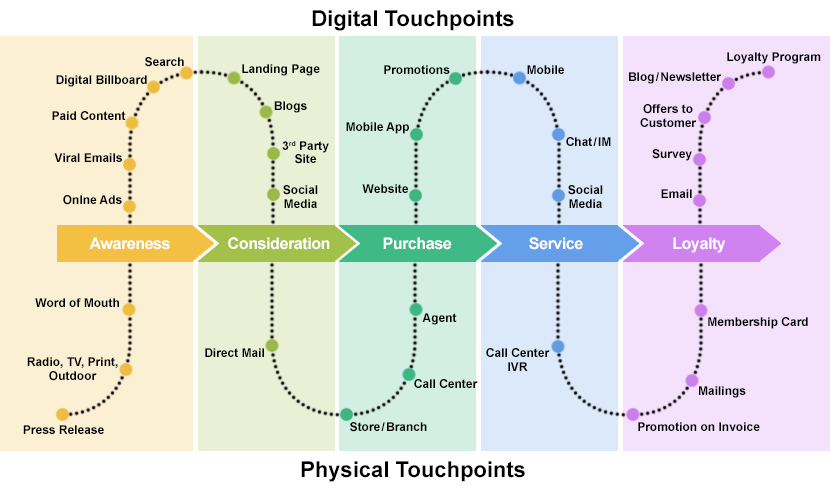Indoor Analytics locates mobile devices inside and outside buildings. Retailers, for example, establish geofencing boundaries to detect customer smartphones and map their movement into a store, along aisles, measuring time spent near products of interest. Location intelligence derived from indoor geospatial analytics, consumer demographics, and proprietary business information assists a company to optimize the use of resources; e.g., marketing, sphere of influence, product shelving and layouts.
Digital mapping, visualized in 2D and 3D, enables indoor positioning, navigation, and direction mapping. Location intelligence from indoor analytics benefits a business to better understand how customers relate to zones in a store, visualizing time and motion patterns on dynamic maps. Marketing managers compare patterns of customer behavior inside and outside to marketing campaigns and optimizing store layouts. They use proximity campaign analytics with connected sensors to analyze relationships with customer movement, technology, and demographics. While this process benefits the success of a company, it also offers shoppers a personalized customer experience (objectively to meet their needs).
Large food vendors can enhance profitability by leveraging location intelligence and their marketing touchpoints (digital and physical) in large venues, e.g., shopping centers, exhibition centers, airports) with the use of (Figure 8.1):
- customer tracking with Bluetooth beacons, Wi-Fi
- location planning with insight into customer base
- adapting marketing message to analyze customer demographics and behavior
- dispatching promotional materials
- manner, timing, message
- digital geofences to trigger messaging
- timing of customer stay
Retail Applications of Location Intelligence
Grocery and Big Box stores leverage location intelligence, connected sensors, and the Internet of Things (IoT) to engage customers inside their stores. Shoppers hear the ubiquitous razor advertisement as soon as they turn into a pharmacy lane, scanned by a variety of sensors that detect the shopper's presence and proximal interaction with a display.
Omni-Channel Marketing
Why does a company wish to keep in contact with customers who have purchased from them?
An omni-channel marketing strategy uses multiple marketing channels to create a single user experience. The purchaser is the focus - yes, a target - with the understanding that a business is responsible to attract customers, the customer is not likely to spend additional effort to determine the value of a certain company's product. Omni-channel builds on the strengths and medium of each communication channel to deliver consistent, compelling brand messaging to consumers. The compounding advantage of omni-channel applies to retail businesses with physical and digital presence. Metrics that marketing departments rely on include message engagement, customer retention, conversion, budget spend, and customer purchase rates. Goals of branding and marketing campaigns are strategic and depend on the products, markets, competetion, consumers, and costs:
- increasing brand awareness
- encouraging engagement from customers
- generating sales and
- expanding the uses of products
Customers seek advantages such as "good deals" through discounts, coupons, product samples, rebates, loyalty rewards, recognition as a valued customer, and free shipping. With everyone connected to the internet through computers, wearables, smartphones, social media platforms, short message service (SMS) texting, virtual assistant AI technology (think Alexa or Siri), and vehicle wifi, there are numerous ways to reach consumers with brand messaging and enticements to purchase products.
In Omnisend's recent review of 2019 Onmichannel branding, they report that "...over the last year, marketers using three or more channels in any one campaign earned a 287% higher purchase rate than those using a single-channel campaign." Data shows that consumers approached with a single channel purchsed products 3.21% of the time vs. those reached via three or more channels purchasing products 12.43%. https://www.omnisend.com/blog/omnichannel-statistics/ So much depends on the way buyers choose to shop. From our earlier lessons in demographics and human behavior, there are distinct differences in how generations select, try-on, decide to buy, and purchase products.

Deliverable:
No deliverable for 8.1